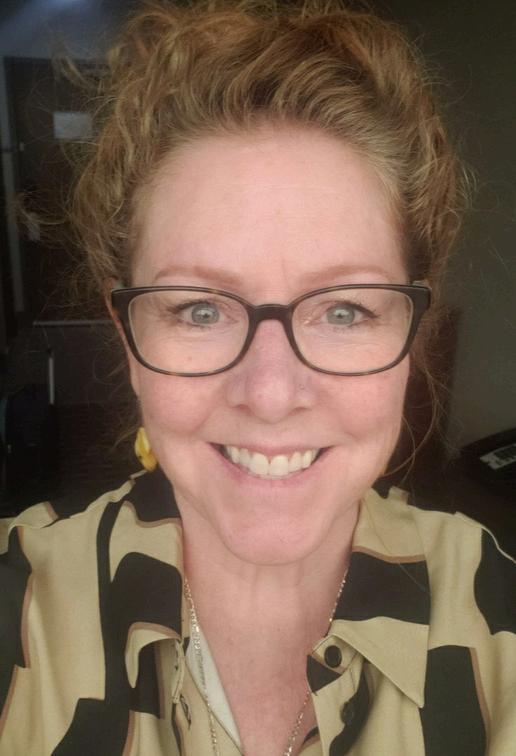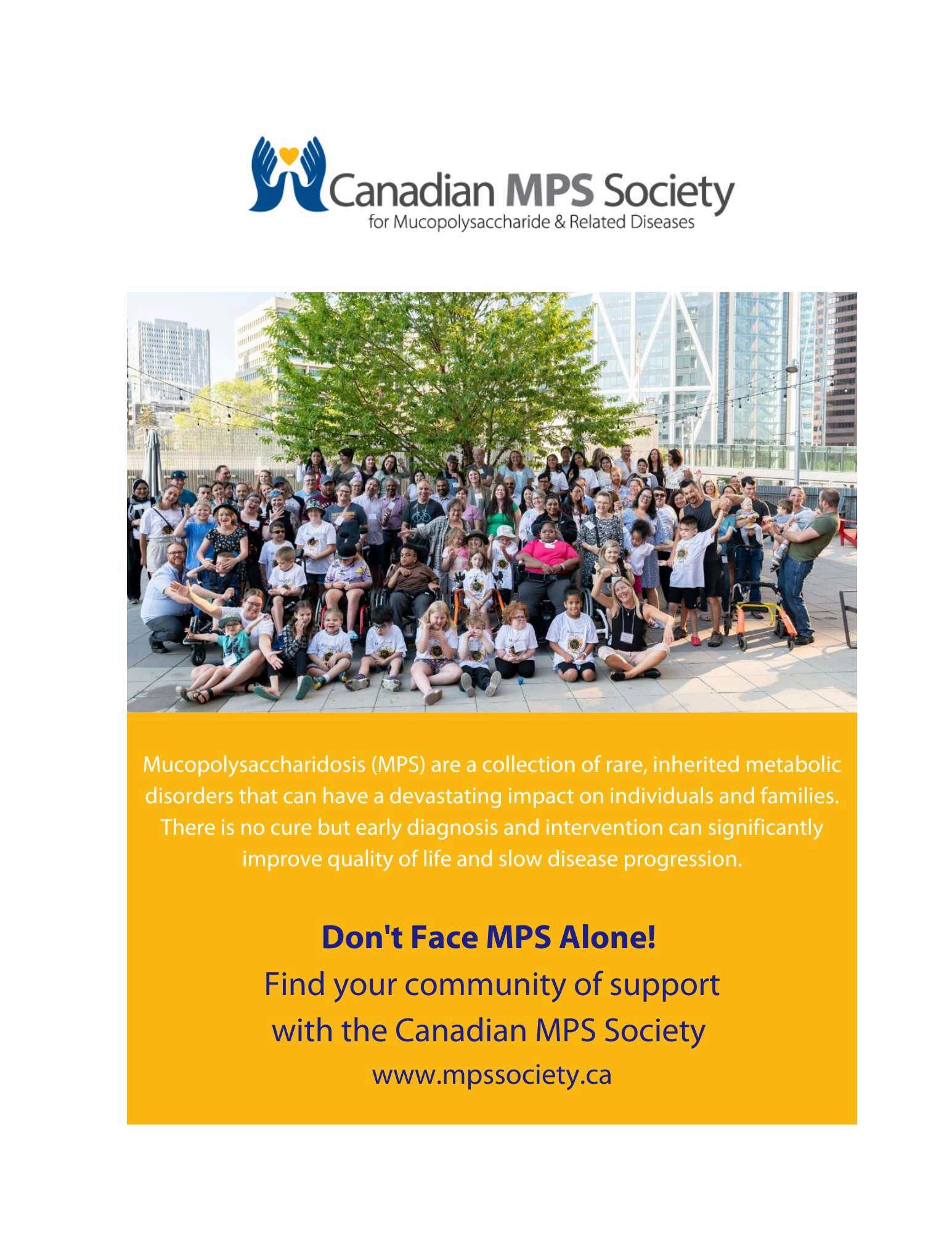
5 minute read
Ask the Professional
Maureen Carpenter, BSC, RN, CD provides her insight
Access to Medication

The World Health Organization (WHO) has t (EML) The EML is compiled as a guide for nations to create their own and to ensure the demands of their healthcaresystem will bemetthroughasupply of necessary medications
Procurement, production, education and cost schemes are developed in relation to an EML. Access to medications for cancer patients around the world is dependent on many different aspects, but foremost, the wealth of their nation and what percentage of the GDP (Gross Domestic Product) is invested in health are major contributors. Countries with Universal health care often invest 10% of their GDP, whereas countries like India 2.1%, Malaysia 4.3% and Poland 6%. This type of disparity results in more out-of-pocket expenses for patients for crucial therapy medicationsontop of themany otherconcernsfacing thoseindividuals.
These poorer countries, where most individuals live below the poverty line, are also struggling with inconsistent drug pricing, limited quality monitoring, frequent drug shortages, and delays in the approval process of new drugs. In the sub-Saharan African countries, there is an estimated 41% of the population that lives below the poverty line. This means that more than 500 million peopleintheseareasof theworldcannotaffordcancerdrug therapies.
During my research into this topic, I have discovered that there are more countries in this situation than there are not. There is also a lack of transparency in oncology drug pricing between countries, as costs are confidential, leading to inequitable valuation of the drug. The tendency then falls to the patient paying elevated bills for life-saving therapies. Even those countries deemed high income with Universal Health Care are experiencing barriers to cancer therapies. Canada and the USA both list financial constraints, complex and fragmented drug coverage systems, and disparity in access for certain groups as access concerns. Canada has one of the highest global prescription drug cost issues. The inability for a patient to pay for medications leads to non-adherence or skipping doses to stretch out the quantity.
Insurance coverage can often be complex and minimal. Inconsistent coverage will contribute to hardships for the patient and increase financial pressures during stressful health journeys. Seniors, immigrants, and racialized persons typically fall into the area of disparity due to living locations, income levels, and access to care. A research project in Canada between Queen’s University, the University of Calgary, and Dalhousie University is being conducted to identify the barriers to chemotherapy drugs. The aim of this study is to identify the factors involved in delays to treatment as well as the existence of a disproportion of chemo drug/treatment availability between the Provinces and Territories of Canada. (Chafe R, et al.)
Drug shortages are a worldwide concern, as well as product discontinuations. Up until two decades ago, HIV and Hep C treatments were expensive and only accessible in high-income countries. Since 2000,thereductionincosttopatientshasdecreasedby99%.
This was a result of a multi-stakeholder approach. The focus for oncology medication access can be found in the work being carried out by the Access to Oncology Medicines Coalition (ATOM Coalition). This collaboration involves over 40 partners in both private and civil society sectors. Workshops are developed to address barriers in low and middleincome countries. Licensing, donation programs and supply chain improvements are some of the addressed areas compounding the barriers to medication access and technologies of treatment. www.uicc.org/atom/atom-coalition-home
The Canadian Cancer Society lists three areas where Canadians with cancer may face challenges in accessing chemotherapy. An oncologistrecommended drug may not be covered through their provincial or territorial benefits plan or private insurance policies. Medications taken at home may be the best option for treatment, but due to the province of residence, there may be a lack of coverage, and a patient would be forced to pay. Lastly, significant delays through the drug approval processarealsoakeycontributortoaccessissues.


Access to medications has been discussed above. Now, a superficial look at the monetary concerns with regards to oncology drugs in Canada. Half of the Canadian provinces do not have partial or full oral chemotherapy drug reimbursement programs. In December 2023, the government of Canada announced the creation of the Canadian Drug Agency, dedicated to ensuring sustainability in the Canadian drug system. This announcement included $89.5 million over 5 years on top of the current federal funding of $34.2 million annually to achieve better health outcomes.


Residents of different provinces in Canada with the same cancer will have different experiences in their cancer treatment costs. One person will have oral drugs covered, and the other will incur costs anywhere from $1800.00 per month to $132,000.00 per year. The Canada Health Act stipulates that all intravenous chemotherapy drugs administered in hospitals are fully covered in each province. Within a province, one cancer patient's optimal treatment would be oral drugs at their cost, and a second patient with the same diagnosis would be treated with intravenous chem drugs. These inequities create a need for a standardized national pharmacare.


Your resources
Patients, caregivers, Patients organizations, Healthcare professionals and other stakeholders, we want to help you.
You are looking for information on clinical trials to finish...









